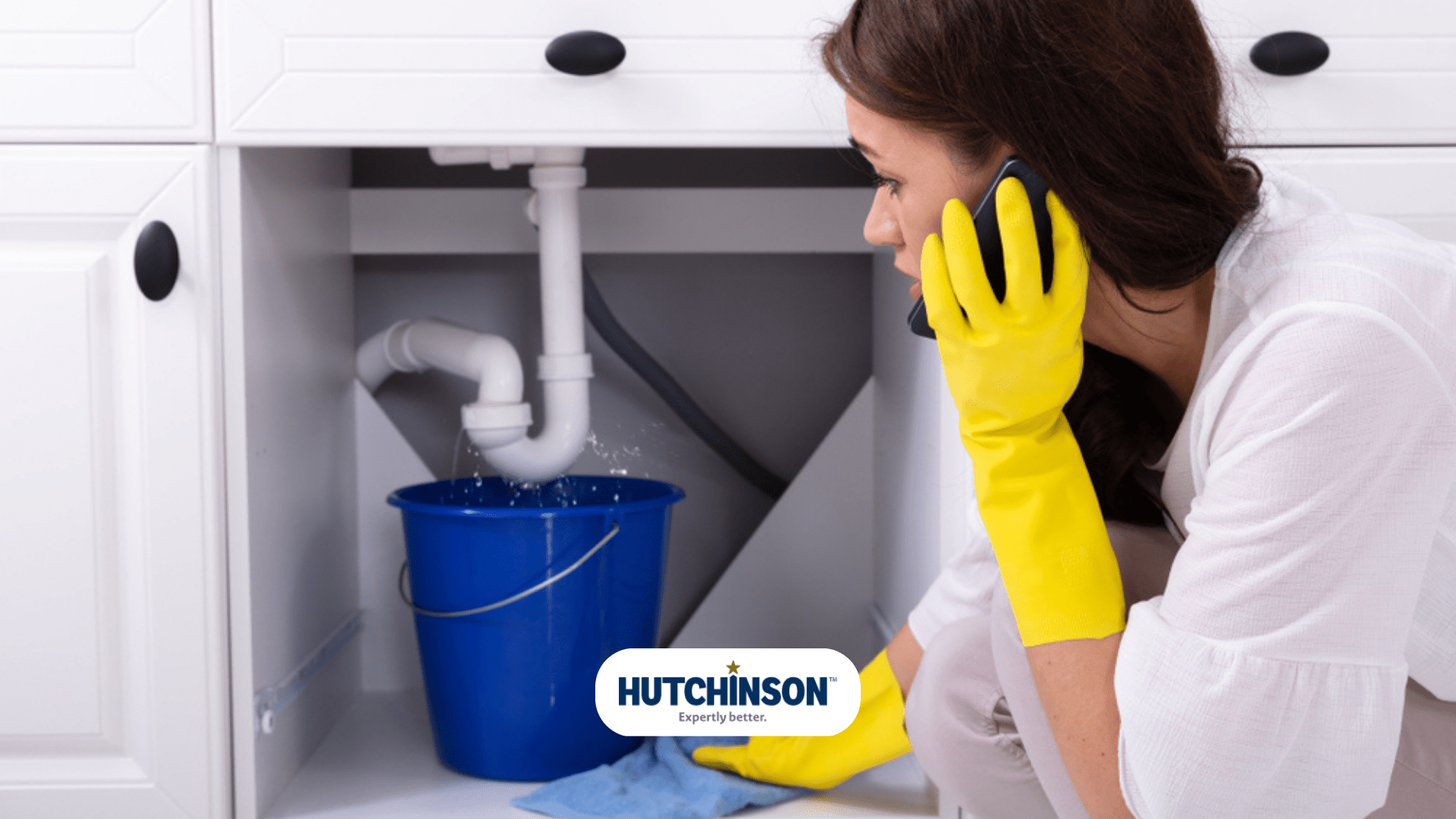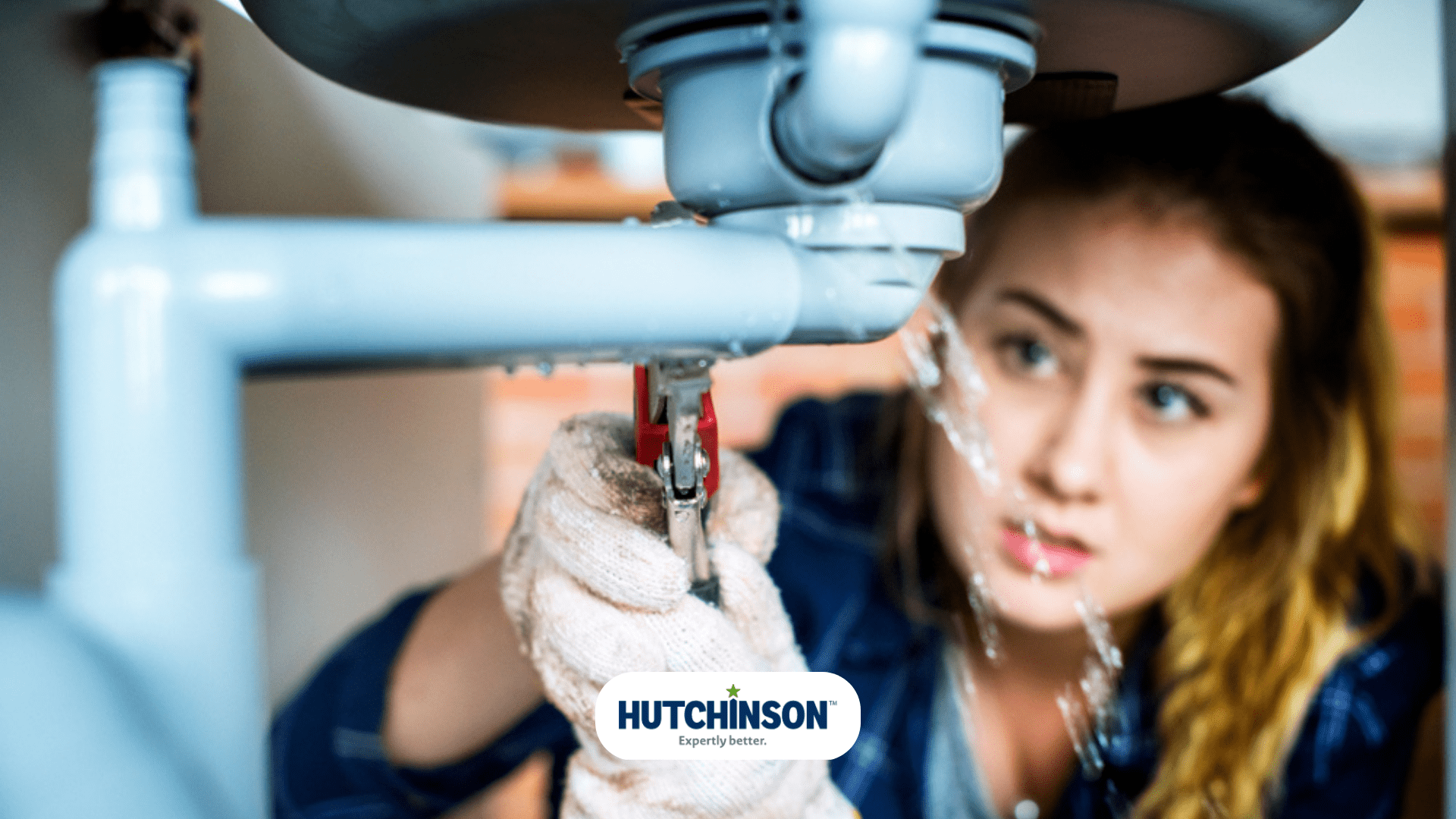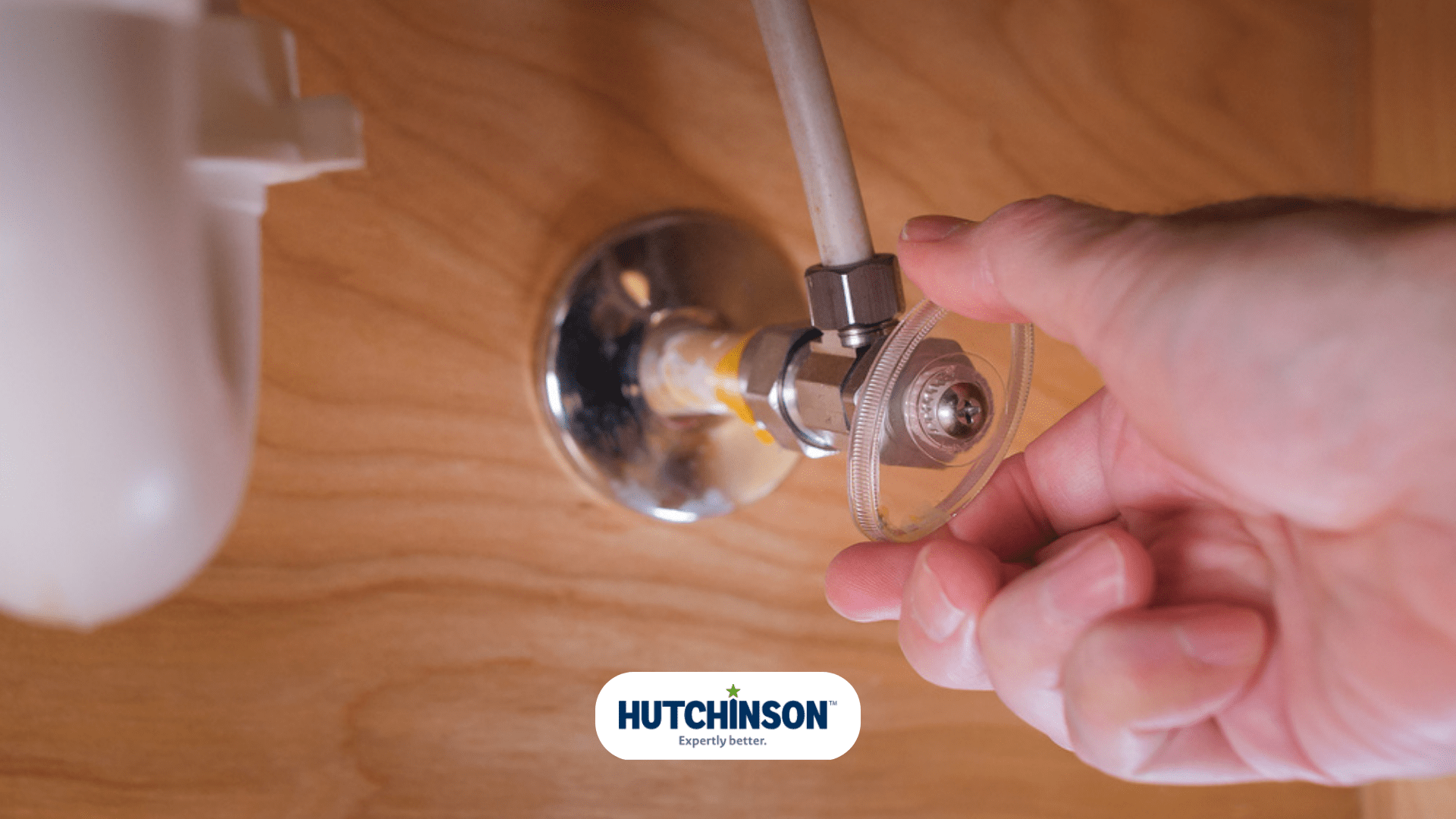
Are you tired of clogged drains, low water pressure, and leaks? These common plumbing problems can be avoided by following a few vital plumbing tips, ultimately saving you money and headache.
Everyone needs a plumbing expert who can help increase your home’s efficiency and prevent plumbing problems. With over 60 years in the business, we’ll reveal the top plumbing tips that save money, reduce your water and energy bills, reduce the need for costly repairs, and extend the lifespan of your plumbing fixtures.
9 Top Plumbing Tips That Save Money
These are our best plumbing tips to save money and make your plumbing system more efficient:
1. Turn Off Your Taps Properly
A slow-drip faucet can waste up to 15 gallons of water daily, costing you significant money monthly. Ensuring your taps are turned off entirely after every use is a critical habit to develop. If you have children in your home, you’ll need to train them to ensure a faucet is completely off. And if the tap continues to drip, you’ll want to repair or replace the faucet asap.
Turning off your taps properly saves money by reducing water waste, lowering your water bill, preventing pipe damage, and saving energy. This simple effort can save money and help conserve resources.
Related Link: 7 TELL-TALE SIGNS YOU MIGHT HAVE PLUMBING TROUBLE
2. Lower Water Temperature on the Water Heater
The water temperature of most water heaters is set to a default of 140 degrees. For every ten degrees that you lower the water heater’s temperature, you’ll save about 5% on your energy bill. Plumbing experts recommend lowering the temperature to around 120°F, which is hot enough for most household needs, saving you up to 10% on your bill.
Decreasing the water temperature on your water heater also extends the lifespan of your tank, improves performance, and reduces the risk of scalding while boosting energy efficiency.
3. Clean Your Drains Regularly
It’s a dirty job, but it can save your pipes and prevent clogs. Prevent food, hair, and other debris from going down your drains by utilizing drain protectors and scheduling regular cleanings. Cleaning your drains regularly can help you save money by preventing clogs and blockages, improving drainage, increasing energy efficiency, and avoiding professional plumbing costs.
You can use a combination of hot water, baking soda, and vinegar to clean your plumbing drains, followed by flushing the drain with boiling water. Alternatively, you can use a store-bought chemical drain cleaner or call plumbing professionals for more thorough drain services.
4. Repair Leaks and Cracks Quickly

You can spot leaks and cracks in your plumbing pipes by paying attention to the following:
- Any damp spots on your walls or floors
- Reduced water pressure
- Increased water bills
- Sound of running water when all taps are off
Catching leaks and cracks early will save you significant money and home repair. So be vigilant.
To repair leaks or cracks in plumbing pipes, you can use epoxy putty for small leaks or replace the pipe if the damaged section is larger. If the leak is significant or you are unsure of the repair process, it’s best to call a professional plumber.
Have a leak or crack that needs professional help? Contact us to get an appointment.
Related Link: 9 STEPS FOR HANDLING PLUMBING EMERGENCY SITUATION
5. Don’t Flush Foreign Objects Other Than Your Toilet Paper
Your toilet and piping aren’t designed to handle other objects being flushed other than toilet paper or human waste. This means these commonly-flushed objects should go in a garbage can:
- Feminine products
- Cigarettes
- Flushable wipes
- Hair
- Toys (those small children mean well)
These objects are the leading cause of clogged plumbing pipes. Placing these objects in the trash instead of the toilet will reduce clogs, increase efficiency, and save you money when you don’t need to call the plumber to get that action figure out of the S drain.
To unclog a toilet from foreign objects, you can use a plunger to try and loosen the blockage or a toilet auger to reach and remove the object. If the clog is severe, you can also use a plumbing snake or call a plumber.
6. Avoid A More Complicated DIY Plumbing Repair

A proficient DIYer can handle many minor plumbing issues. But know your limits. If you blunder the more complicated plumbing repair, you may pay more to fix it after the repair escalates.
Know when to seek help. If it feels too complicated, call plumbing experts that can properly diagnose and efficiently repair even the most challenging plumbing issues.
7. Routine Maintenance
Preventative measures are always a smart decision. Routine maintenance of your plumbing system can identify and fix minor issues before they become more significant and more expensive problems. Additionally, regular maintenance improves the efficiency of your plumbing system, extending its lifespan and reducing the likelihood of costly breakdowns while ensuring the proper functioning of your home’s essential water and waste systems.
The CDC recommends getting routine maintenance of your plumbing system at least once a year or more frequently if you have an older system or if you notice any issues with your plumbing. Regular plumbing system maintenance can help prevent more costly repairs, ensure efficient operation, and extend the lifespan of your plumbing system.
If you live in New Jersey, call us to make an appointment for our superior routine maintenance service options.
8. Locate Your Shut-Off Valve

Locating your shut-off valve will come in clutch and save you money if a problem arises. Knowing where your shut-off valve is located enables you to quickly turn off the water in case of a leak, thus reducing water damage. It can also provide peace of mind and give you control over your home’s water supply during maintenance, repairs, or an emergency such as a broken pipe or natural disaster.
The shut-off valve is typically located near your main water supply line and can be identified by a valve handle. In some cases, it may be found in a basement or utility room, near the water meter, or outside near the street. You’ll want to familiarize yourself with its location in case of an emergency.
9. Use the Auto Shut-off on Your Washing Machine
The drain hose connected to your washing machine can flush your laundry machine with a flood of water, which is often more water than you need per load. Using the auto shut-off, your washing machine will cut off the water when it detects too much water.
This will save money and prevent unnecessary wear and tear on your washing machine, potentially extending its lifespan and reducing the likelihood of costly repairs.
To turn off the auto shut-off on your washing machine, you need to consult the user manual or manufacturer’s website for specific instructions because every washer is different. If you can’t find the information, visit the manufacturer’s website or contact a professional repair service.
Trust Hutchinson for Professionals Plumbing Services
At Hutchinson, we have a dedicated team of plumbing experts that provide superior service and high-quality customer service. We can help you with the following:
- Bathroom Remodeling
- Water heater installations
- Drain cleaning
- Fixing leaks
- Backflow prevention
- Toilet replacements
- And much more
We’re familiar with all major plumbing brands and can help you resolve complicated repairs and problems. We also provide preventive maintenance services to keep your plumbing system efficient and pain-free. Learn more about our plumbing services and team.

